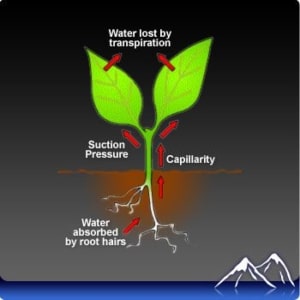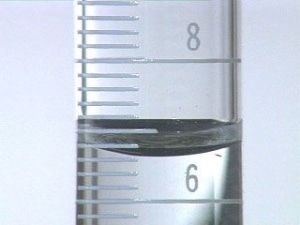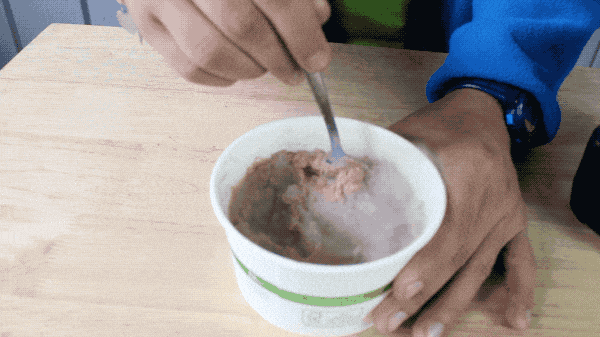

At the molecular level, water is “sticky”. It’s attracted to many surfaces, including paper, glass, and human skin. This is called adhesion. Molecules within a body of water tend to stick together, too– that’s cohesion. Tube-shaped cells in xylem tissue take advantage of a combination of adhesion and cohesion to overcome gravity and drag water upwards.

When the exposed surface is small enough, though, adhesion and cohesion actually beat gravity. Water naturally climbs up very tiny tubes. This is called capillary action, and it’s how water gets from roots to treetops.
See capillary action at work by sending different liquids through the xylem of a white flower. Food coloring mixed with water works well. Give this a try and see where the color ends up! For an extra-bright twist, place cut white carnations or daisies in water colored with highlighter ink. Neon pigment glows under a blacklight, so you can make fluorescent flowers!
Written By: Caela Barry


